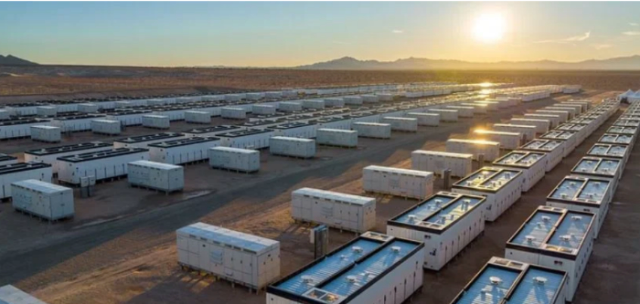Battery Energy Storage Systems (BESS) are transforming how energy is generated, stored, and used but are they bankable? But beyond the headlines about cleaner grids and renewable integration lies a key question for developers, investors, and utility planners: What is the return on investment (ROI) for BESS construction projects? With costs falling and use cases expanding, the ROI potential for battery storage is becoming increasingly attractive—if you know where to look. Ask Elon Musk who says that Battery energy storage is as transformational as solar was a decade ago.
The ROI of a BESS project depends on a mix of economic, technical, and regulatory factors. Here are the primary drivers:
- CapEx and OpEx: Upfront capital costs (land, battery units, inverters, balance of plant) and ongoing operational expenses.
- Revenue Streams: Including energy arbitrage (buy low, sell high), frequency regulation, demand charge reduction, backup power, and capacity payments.
- Battery Lifespan and Degradation: Most lithium-ion batteries degrade slowly over time. Systems typically have 10–15 year lifespans.
- Location: Proximity to high-demand areas or renewable energy sources significantly affects project viability.
- Policy Incentives: Tax credits, grants, and favorable tariffs (e.g., the U.S. Inflation Reduction Act’s 30% ITC for standalone BESS).
Typical ROI Ranges
Daniel Finn-Foley, VP of Energy Storage, Wood Mackenzie says “The economics of energy storage are changing rapidly. Projects that were once considered expensive are now delivering double-digit returns.”
Depending on scale and application, BESS projects can achieve internal rates of return (IRR) between 8% and 20%, and payback periods as short as 5–7 years making htem bankable. Large utility-scale systems connected to the grid tend to have lower risk and predictable cash flows, while behind-the-meter (BTM) commercial installations offer higher returns due to demand charge savings.
Examples:
- Utility-scale solar + BESS hybrid project: 10–15% IRR, 7–10 year payback
- Commercial/industrial BESS (demand charge management): 12–20% IRR, 5–8 year payback
- Standalone grid services BESS (frequency regulation): 8–12% IRR, highly dependent on market pricing
Stacked Revenue Improves ROI
One of the strongest trends improving BESS economics is revenue stacking—using the battery system for multiple purposes. For example, a BESS may:
- Store solar power during the day (arbitrage). THis has become the norm rather than the exception in recent projects.
- Discharge to reduce grid strain during peak hours (peak shaving)
- Offer capacity to grid operators for emergency support (ancillary services)
By combining these services, projects become more profitable and resilient to market fluctuations.
Risks to Consider
ROI projections can be impacted by:
- Regulatory uncertainty (e.g., grid connection fees, rule changes)
- Battery replacement costs after 10–12 years
- Market saturation in areas with many storage operators (which can reduce prices for services like frequency response)
That said, advancements in AI-driven energy management systems, falling battery costs, and favorable regulations are helping to mitigate these risks.
Conclusion: BESS Is Becoming Bankable
Battery storage is no longer a speculative investment—it’s a bankable infrastructure asset. As Lynn Jurich, Co-Founder, Sunrun puts it “Battery storage is no longer a luxury—it’s becoming a fundamental piece of our energy infrastructure.”
Whether paired with renewables or deployed as a standalone grid asset, BESS projects are showing solid ROI potential. According to BloombergNEF by 2030, energy storage could represent a $620 billion investment opportunity globally.
As energy markets evolve and decarbonization goals accelerate, the financial case for battery storage construction is only getting stronger. For investors, developers, and communities alike, now is the time to take battery storage seriously—not just as a technical solution, but as a sound investment.

